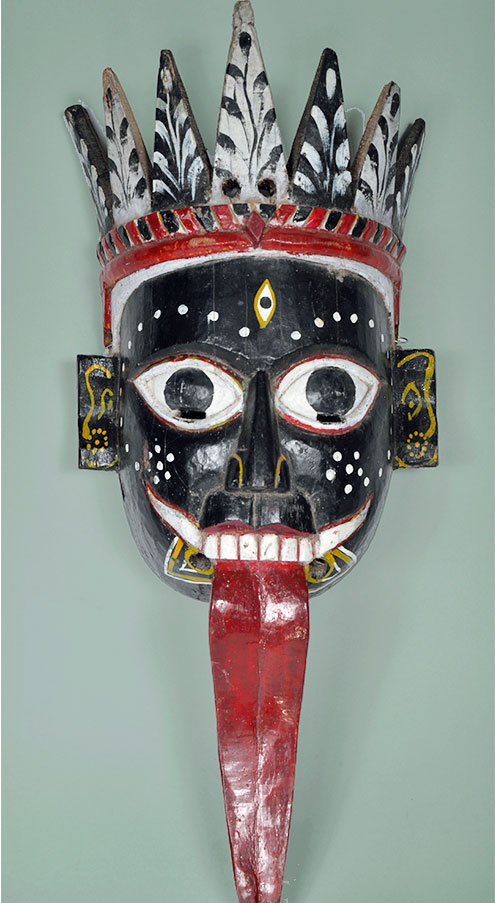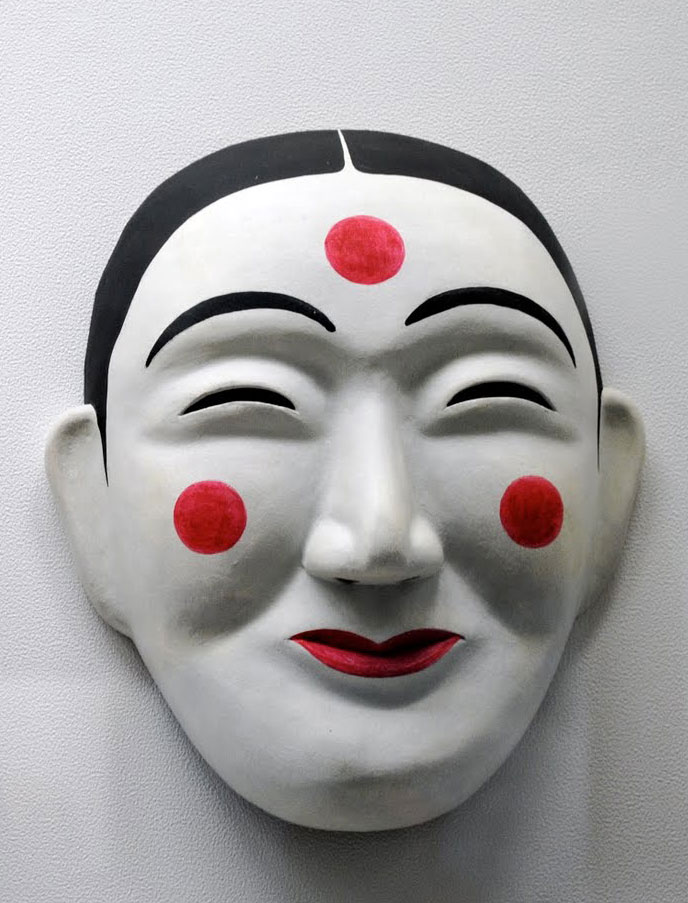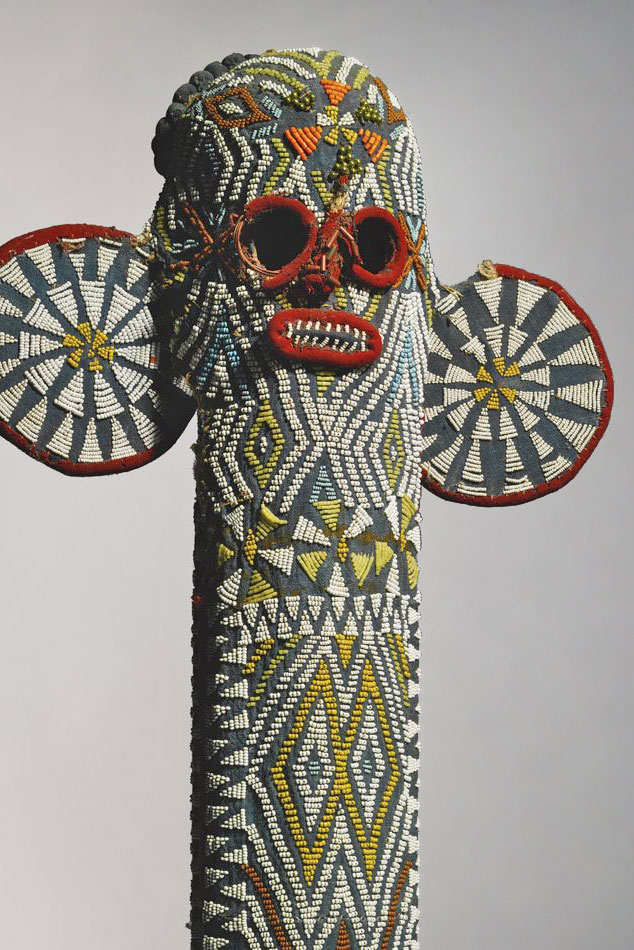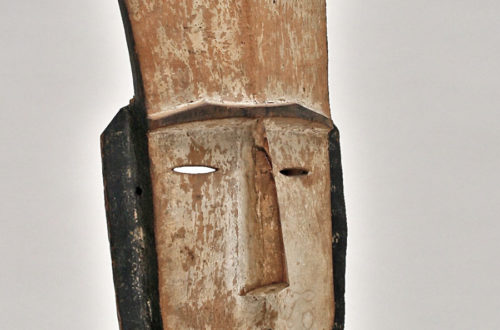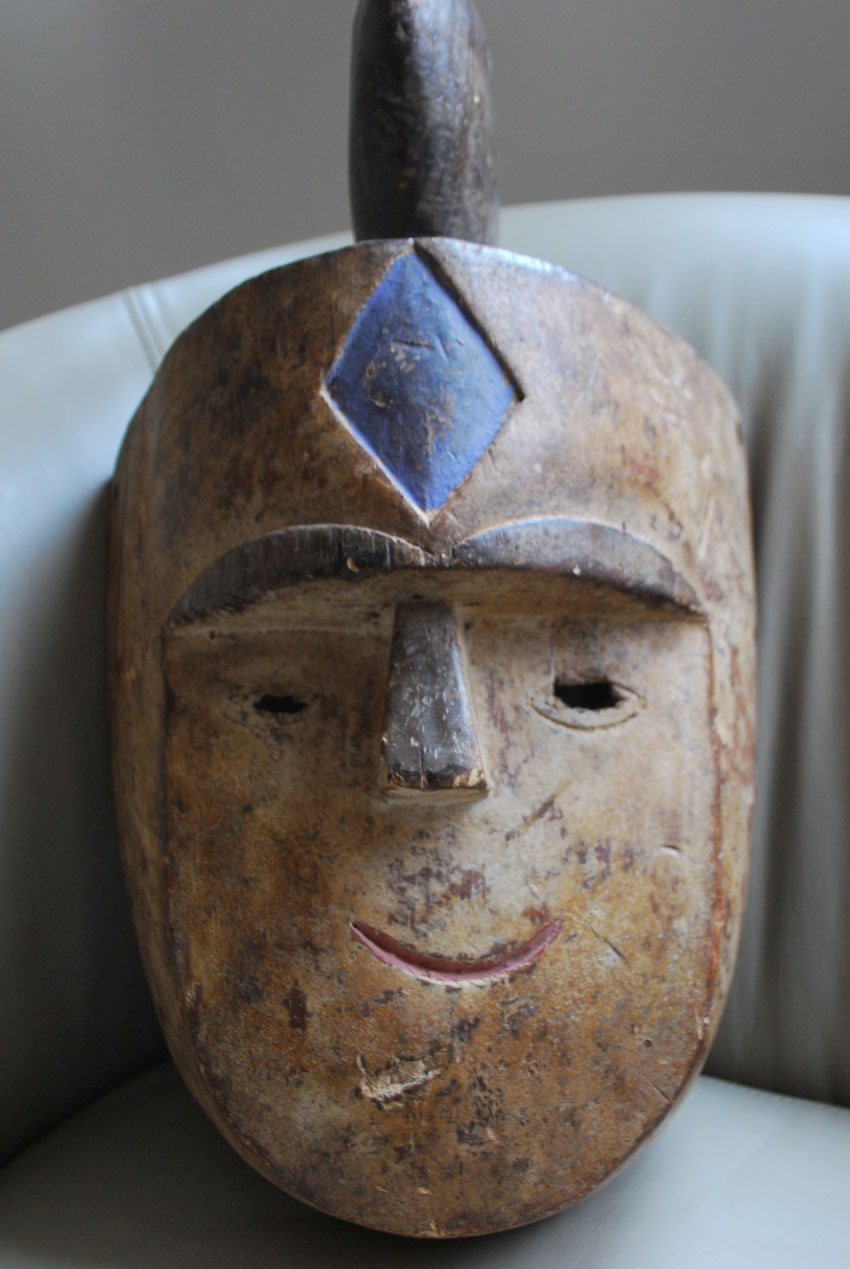 Here is what the Second Face Museum has to say about the first Kali mask…
Here is what the Second Face Museum has to say about the first Kali mask…
The Gambhira Dance is an agricultural religious dance originating in Bangladesh and West Bengal, India by devotees of Shakti, also known as Durga, a female god created by the combined energies of all other gods to destroy the tyranny of demons called asuras. Ghambira dance is performed to music of the same name. The two main characters are a grandfather and grandson, with the former narrating a story involving social and political issues during the dancing and singing. Masqueraders representing gods, animals, and important characters act out the elements of the story.
This mask represents Kali, a god who leapt from Durga’s brow in order to kill certain demons, but became so battle raged that she began killing everything in her path until Shiva stopped her by throwing himself under her feet. Kali is considered another side of Durga, but destructive and evil, and so she appears black and ferocious, with her tongue hanging out in blood lust.
The second mask was called Chamunda Kali when I found it on the internet, but there was no additional information. The face is yellow, which is unusual for Kali. Indian masks are beautiful, but there are many frustrating differences in style across this vast Hindu country.
